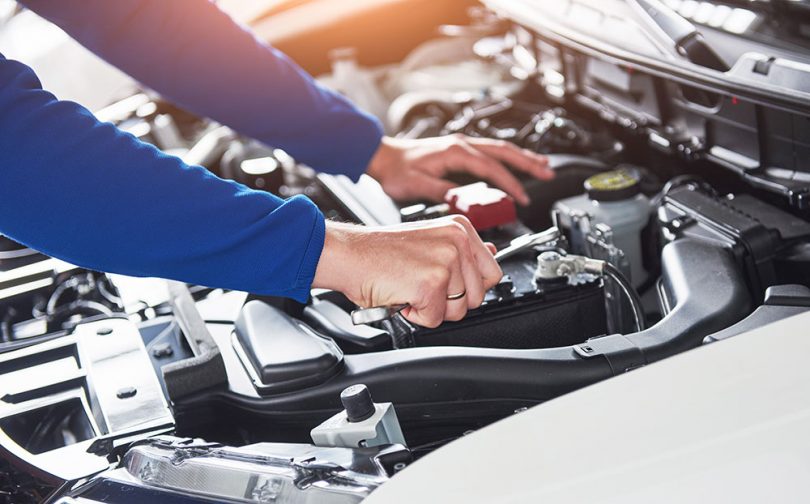 |
Buying a vehicle is an investment with convenience as its primary ROI. A car can get you to places whenever you need to go, but it also needs your care and attention to continue doing so.
As a new car owner, you might already be looking forward to taking your vehicle on the road. But before you actually start driving it, you must first understand what it takes to be a responsible car owner.
Aside from learning how to drive, paying attention to road signs and understanding the traffic rules in your area, you also need to stick to your vehicle’s maintenance schedule. Recommended routine car maintenance information can be found in the owner’s manual that came with your vehicle.
If you’re way past reading that and you still don’t understand what you need to do, below is a useful checklist of maintenance tasks that you can perform yourself or have your trusted car maintenance shop like DT Service Centre do for you:
1. Conduct a Visual Inspection

Source: tuv.com
Knowing how to do a visual inspection of your own vehicle is a must for every driver. While it may be basic, intently checking the condition of the different components of your vehicle can help you determine if something is amiss.
Check if all the lights are working, both inside and outside. This includes the headlights, turn signals, parking lights, and interior lights.
You should also test out your brakes to see if they are working properly and inspect the tires if they look a bit flat. Both the brakes and the tires are crucial for a safe road trip.
Listen for strange and unusual sounds while you drive, and check underneath the vehicle if puddles of liquid from leaks emerge.
If anything is out of the ordinary, don’t ignore it. Have a mechanic check it for you to determine what’s wrong before anything bad (and costly) happens.
2. Assess Fluid Levels

Source: pexels.com
Like the human body, a vehicle runs smoothly because of several different fluids that flow through its components. From the fuel, oil, and coolant to the transmission and steering fluids, you must remember to check the levels of the liquids that make your vehicle run.
Even if you don’t know how to change the power steering fluid, coolant, antifreeze, and your wiper fluid, you should at least learn how to determine if they are at optimal levels. Some fluids can be checked using a dipstick, while others can only be monitored using built-in gauges in the vehicle.
Before you go on long road trips, make sure that you inspect fluid levels as you fill the gas tank up. Even if you’re not heading out on long drives, do this at least once every month to avoid engine problems.
Your owner’s manual should have some information on the ideal fluid levels. When in doubt, seek help from a licensed mechanic. More importantly, don’t ever ignore puddles of liquid that appear underneath your vehicle as these may be a sign of a leak.
3. Electrical Repair Services
As time goes by, your beloved vehicle will begin exhibiting signs of old age. This will include symptoms of electrical inconsistencies that may affect a ride. Some electrical issues include wiring concerns, control module problems, issues with the engine control unit (ECU) or the transmission control module (TCM) or turbo actuator glitches.
Taking your car to backstreet repair shops because they offer slightly lower prices could be costly in the long run. You’re likely to have counterfeit or wrong parts fitted in your car when you take your vehicle to unscrupulous mechanics for services. These parts don’t last as long as genuine parts should and you keep making several trips to the garage as your car maintenance costs balloon. Moreover, if you are getting issues with the ECM, TCM, PCM, or BCM of your car, and if you can determine the specific part number of the computer you need then order the new computer available at npcautomotive.com.
4. Check Tire Pressure and the Depth of Its Tread

Source: pexels.com
Aside from checking visually, you can also determine whether your tires can still hold up drives with the help of a tire pressure gauge. Not only does this keep you safe on the road, but it also ensures your vehicle’s fuel efficiency.
So make sure the car instrument cluster is working fine to check the tire pressure, oil pressure gauge, and fuel gauge. Don’t forget to have a spare and check the tread of the tires as well. If required, you can get the replacement of the instrument cluster available on the dashboardinstrumentcluster.com.
Although consistent wear around the entire tire is normal, an uneven tread might be a sign of wheel misalignment and improper tire inflation, among other reasons. If you notice that your tires’ treads are uneven, check in with a mechanic for an inspection.
5. Rotate the Tires
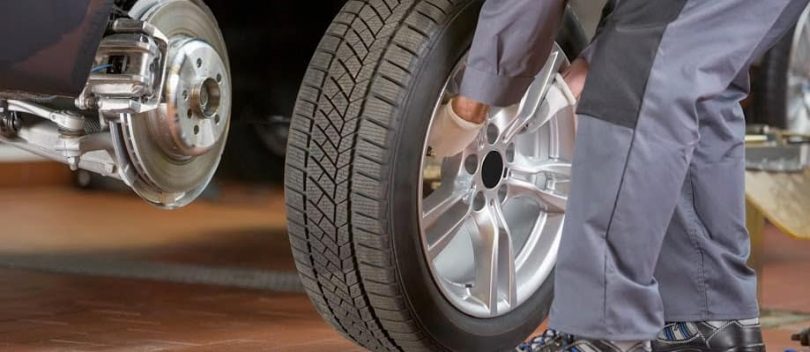
Source: johneagleacura.com
For front-wheel drive vehicles, the tires on the front tend to wear out faster. Alternatively, rear tires tend to show signs of wear on the inside more.
To make sure that the tires’ treads are even, rotate your tires regularly. Certain car manufacturers recommend doing this every time you change your oil while others have their own specific schedule. Again, check the manual first.
Tire rotation patterns are also different, depending on the type of vehicle. Directional tires should be rotated front to back on the same side. For some vehicles, it should be side to side and front to back.
6. Have the Struts and Shocks Inspected
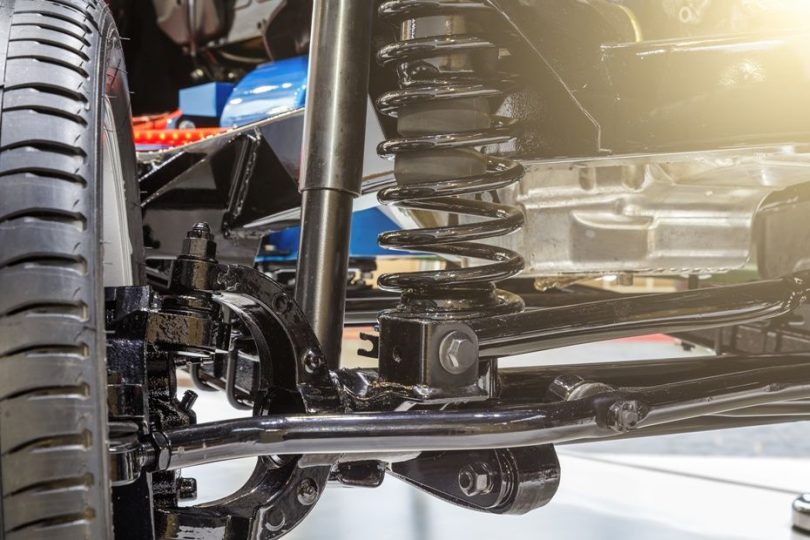
Source: pinterest.com
The struts and shocks help to cushion and control the impact and rebound your vehicle experiences as you drive over road bumps. They are also considered a vital part of a car’s steering system.
To keep them in good shape, have your shocks and struts inspected by a licensed mechanic following every 50,000 miles of driving. You can also have this done as you have your tires rotated or changed, or when you observe a decrease in control or smoothness of your drive.
7. Replace the Engine Air Filter Regularly
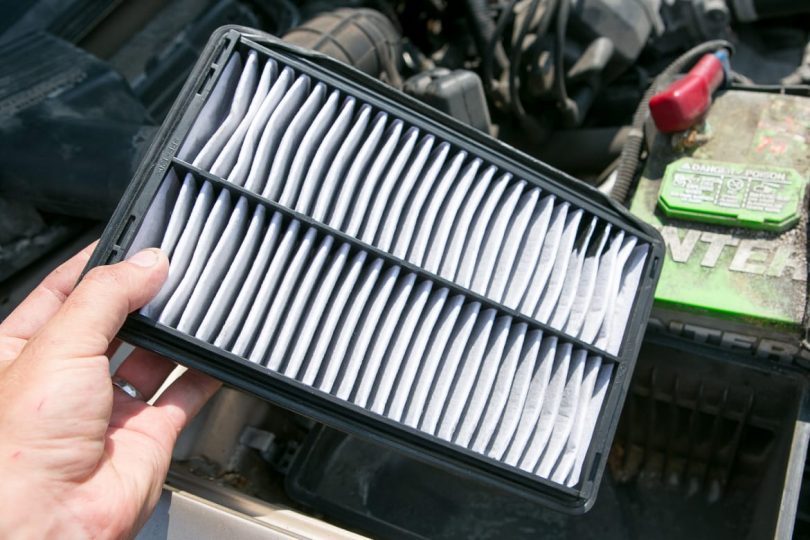
Source: cars.com
Air filters help keep the air clean as it enters the car engine. Over time, it can get dirty and may impede airflow.
To make sure this doesn’t happen, have a mechanic replace your engine’s air filter every 15,000 to 25,000 miles. This may depend on the kinds of roads you drive on. You can also ask the mechanic to check the air filter during an oil change.
8. Change Your Wipers
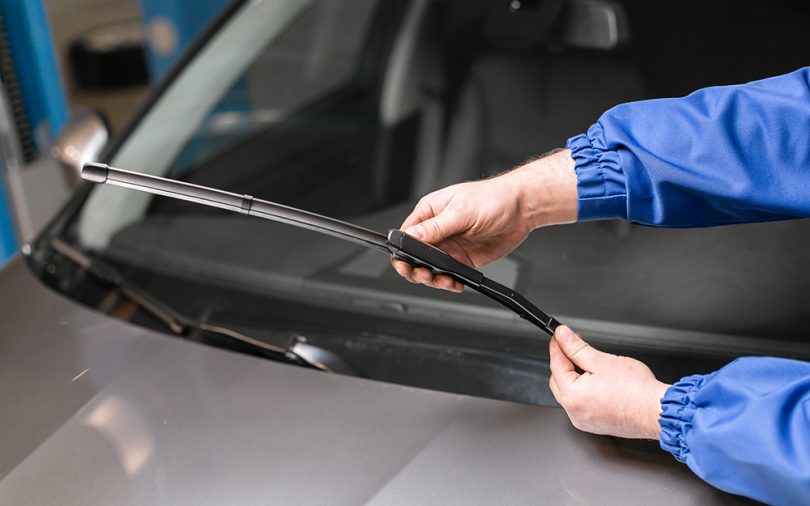
Source: pinterest.com
Wipers are not just an accessory – they also make sure that you can drive safely even during rainy or snowy weather. Replace the wipers when they no longer clean the windshield properly or change it at least once every year.
If the original wipers remain installed, changing the rubber refills from your local dealership should suffice. This costs a lot less than having the entire thing replaced altogether.
Also, don’t forget to check if the washer jets are working as they should.
9. Test the Battery
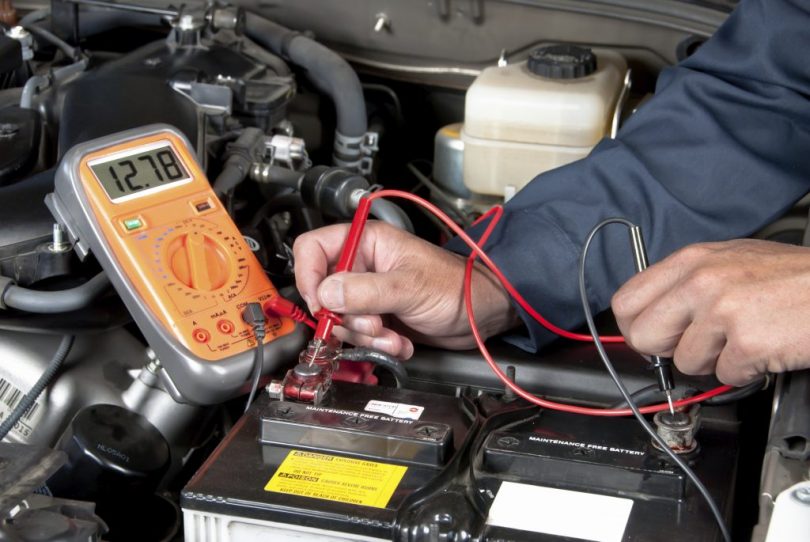
Source: action4energy.org
A vehicle’s battery is what makes all the electrical components in the vehicle run. It also provides a huge amount of current for the starter, the engine, lights, and all other electronic accessories installed in the car.
Make sure that your battery is in good shape as extreme temperatures may affect its performance. Has it tested regularly, so you won’t have to suffer while on the road?
The Bottom Line
Routine maintenance checks help ensure that your car remains in good working condition, prevent costly repairs, and keep you safe on the road. Use this checklist to learn what you must do to be a responsible car owner, and don’t forget to heed manufacturer recommendations stated in the owner’s manual.




